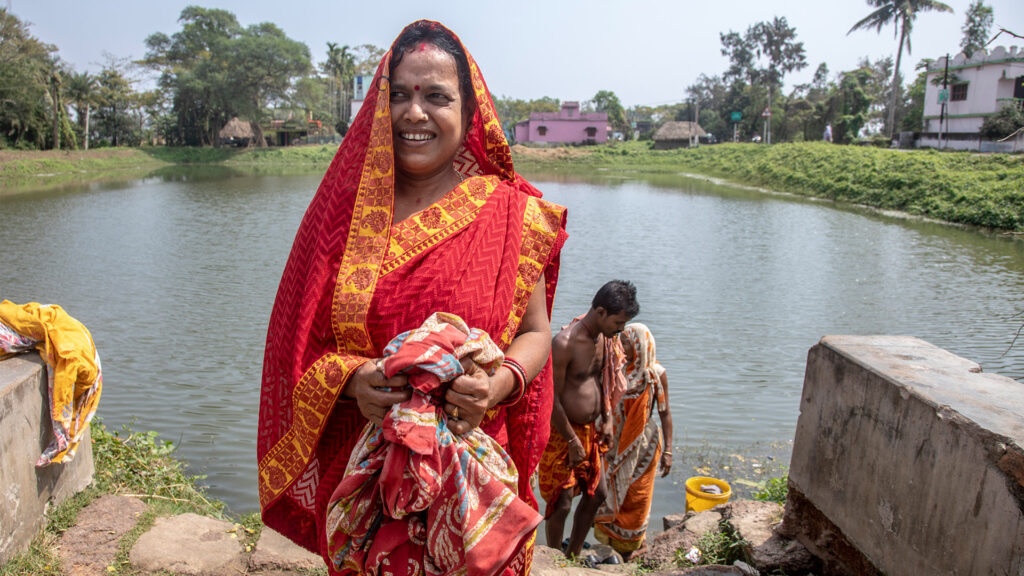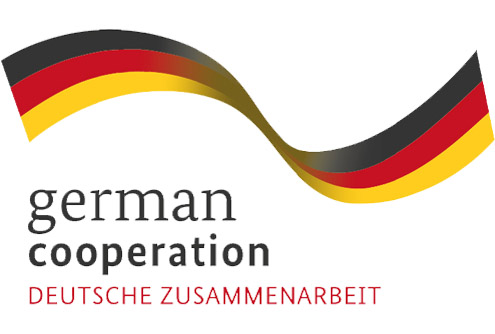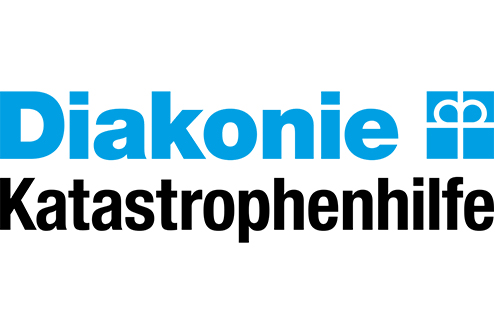Build power to achieve risk-informed development
Risk-informed development aims to address the fact that communities are at risk because their human rights are being denied.
They don’t have access to, or equitable control over, the resources or rights they need to be resilient and lead a life of dignity.
When individuals’ rights are denied, their experience of risk starts. What begins with a loss of self-confidence or hope, leads to further displacement from the power needed to address their situation.
Once displaced from resources or the decision-making processes connected to them, it becomes easier for individuals at risk to be criminalised, blamed, stigmatised, and eventually made invisible by those in authority – who are meant to protect, respect and promote their rights.
The multiple denial of rights increases as disasters strike. Risk drivers – including climate change, conflict, food and water insecurity, forced displacement, gender inequality and urbanisation – further deplete resources and amplify the multiple and complex risks faced.
Gender inequality or discrimination once again can prevent certain groups accessing the resources they need to rebuild their lives. Patriarchy and social exclusion continue to reduce the collective or individual rights available.
Those most at risk are therefore prone to injustice, and left without the power to address their denial of rights. They are not considered when designing policies addressing risks.
It is essential that we strengthen and build power as part of risk-informed development, in order to address the fact that rights are denied. If power is the ability to influence another’s actions, then power imbalances that deny rights must be addressed.
Risk-informed development therefore aims to primarily include them so that in considering their rights, power and the risk factors they face, development becomes risk-informed, sustainable and resilient.
Building power for risk-informed development means:
- People have control over their own lives
- Power is diffused to communities most at risk
- Skills and capacities are developed to build self-confidence and make decisions that improve life chances
- The anticipated futures of individuals and groups – especially those most at risk – define and shape the world around them (environmentally, economically, socially and systemically)



